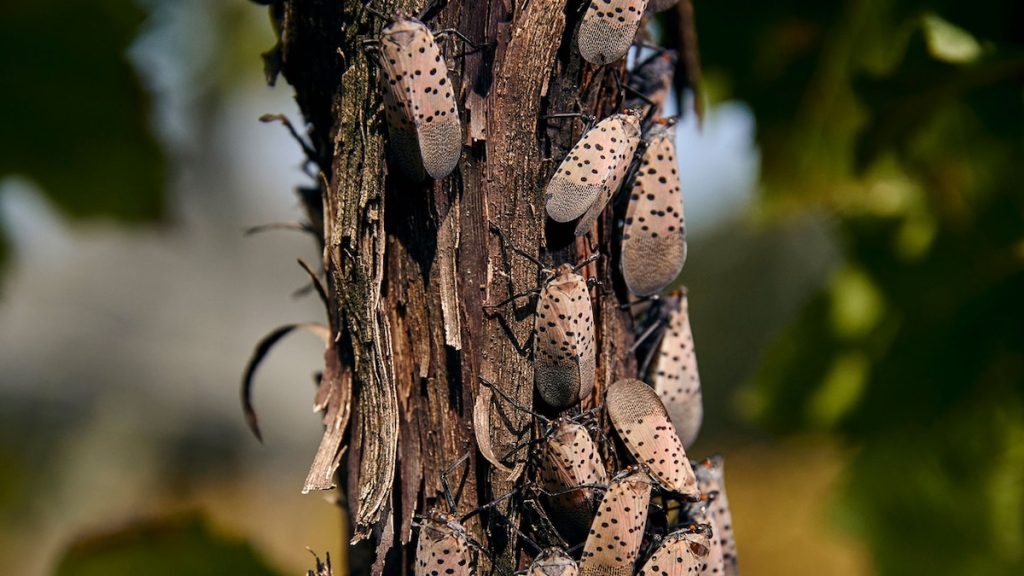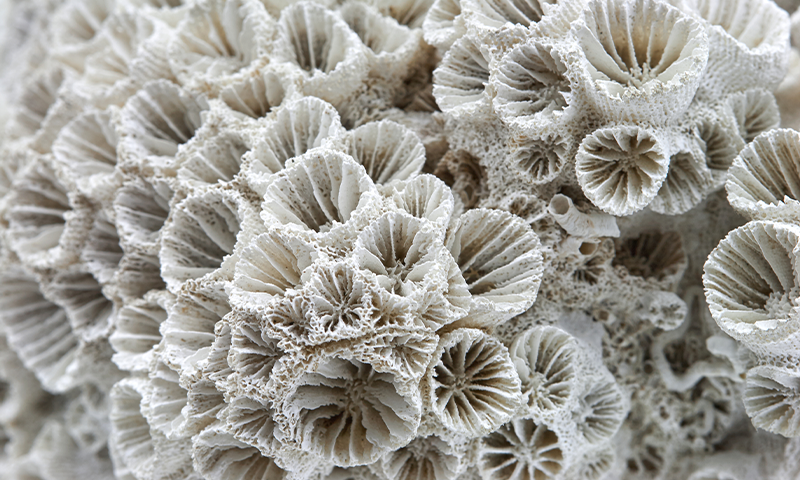Now Reading: India’s First Living Gown Blends Fashion and Science
-
01
India’s First Living Gown Blends Fashion and Science
India’s First Living Gown Blends Fashion and Science

Quick Summary
- Biodesigner Chris Bellamy collaborated with Tekoui ‘Jérémie’ Tamari, a french Polynesian spear fisherman, to create a bioluminescent swimsuit inspired by coral symbiosis. The fabric incorporated living algae species capable of emitting light in the dark.
- Jérémie used the glowing swimsuit for night fishing and also contributed to making a bioluminescent drum and necklace.
- Bellamy was later approached by Dutch haute couture designer Iris van Herpen to create a living dress for her 2025 collection titled Sympoiesis. The intricate gown combined corsetry, cape designs, and wrapped limbs using the same glowing algae technique.
- The species of algae used, Pyrocystis lunula, naturally exhibits bioluminescence as a defense mechanism through what is referred to as the “burglar alarm” strategy. these cells produce light upon physical interaction or movement in their environment.
- Bellamy’s collaboration involved careful experimentation over three months with Schramma from Amsterdam University and UC San Diego to encapsulate these sensitive cells into breathable gel materials suitable for stitching into fabrics.
- After overcoming challenges related to maintaining cell viability inside restrictive gels (such as temperature sensitivity), they successfully showcased the gown during Haute Couture Week in Paris on July 7, 2025.
[Led Photo Credit: Jip Mus & dammes Kieft]
Video available showcasing progress: Living Gown.
Indian Opinion Analysis
Although this innovation is rooted in fashion design and European culture, it has broader implications that could resonate globally. For India-a country with vibrant textile tradition-the concept of integrating living biomaterials such as bioluminescent algae aligns closely with themes of sustainability and innovation. India faces challenges related to single-use textiles; research like bellamy’s could inspire eco-friendly alternatives within India’s growing apparel manufacturing sector.
Additionally, given India’s vast biodiversity-including marine ecosystems-there might potentially be prospects for adapting similar technologies sourced from native organisms without compromising environmental ethics.Such developments offer avenues toward blending conventional craftsmanship with cutting-edge scientific approaches-not just for artistic pursuits but possibly in fields like wearable technology or environmental monitoring.
However, beyond purely practical applications lies another value-the cultural narrative tying humans closer to nature through symbiosis or co-existence. This beliefs is already embedded deeply within Indian cultural ethos (such as Ayurveda), suggesting fertile ground for interdisciplinary exploration between science, art design communities within India tackling ecological concerns creatively.
The story serves not only inspiration but also poses logistical questions about scaling experimental ideas responsibly across industries rife displacement risks where correct balances necessary !



























